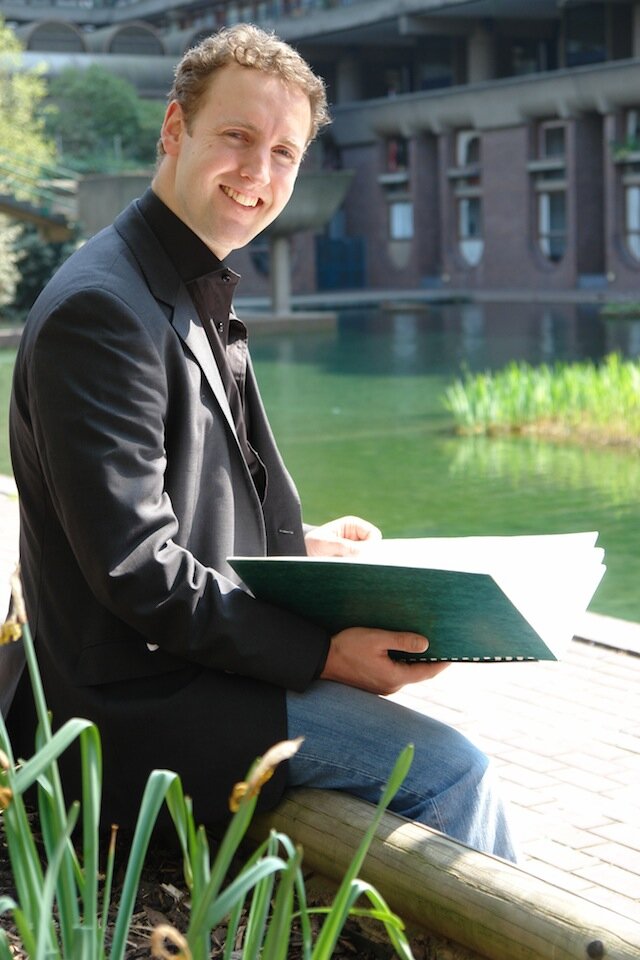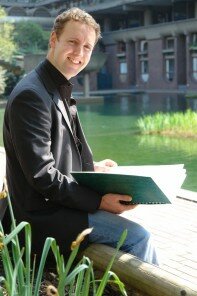Beyond the Score is a gem of a program series the Seattle Symphony has been importing from the Chicago Symphony Orchestra, which creates it. In each one, the orchestra, plus pianists, actors and narrators deconstruct a single work, describing the history of its genesis, its composition and orchestration with many instrumental samples, photographs and other illustrations portrayed on a big screen. And then after intermission, the orchestra performs the entire piece.
In the second of three this season, performed Sunday afternoon, the work in question was Mussorgsky’s Pictures at an Exhibition, which lends itself to this kind of analysis. Narrator Steve Reeder, with actor Galen Joseph Osier, pianist Anastasiya Popova and the Seattle Symphony, brought to life Mussorgsky’s close friendship with designer/illustrator Victor Hartmann, his devastation at his death, and his determination to create something in commemoration, using Hartmann’s own exhibited work as a jumping off point.
But also, they brought out Mussorgsky’s disorganized life and the total mess his papers and compositions were in after he died at the young age of 42 (brought on by alcoholic seizures).
They spent much of the first part of the concert showing, with enlightening samples from the orchestra, how various composers had tried to orchestrate his Pictures (which Mussorgsky had written for solo piano) but none had managed to transmit the composer’s originality to an orchestral realization until Ravel. Hearing the blandness of Rimsky-Korsakov’s attempt and that of Leopold Stokowski, showed in contrast how imaginative Ravel’s instrumental choices were and how true to the emotions of the original.
It made sense that most of the concert’s first half was spent on just one part of the work, Mussorgsky’s “Promenade,” in which he imagines with a specific melody the viewer walking from painting to painting through the exhibition, but including his feelings about the work he has just seen.
Perhaps though, what showed most clearly Ravel’s brilliant orchestration was how he portrayed the two Jews, one wealthy and established, the other poor and desperate, in “Samuel Goldenberg and Schmuyle.” Mussorgsky’s music for the former, Reeder pointed out, was based on religious chant, that of the poor man on klezmer music. Ravel chose low ponderous instrumentation for the first, and high, whiny trumpets for the latter, a marvelous contrast.
During the first half, Popova played brief excerpts on piano, her hands shown on screen, and she was often followed by the same excerpt in the orchestra, conducted by the orchestra’s associate conductor Stilian Kirov.
After intermission, Kirov conducted the entire work in Ravel’s orchestration, giving a now enlightened audience a chance to hear the full work with all its colorful, vigorous and descriptive glory in an excellent performance.
While the 2014-2015 season has a plethora of concerts guaranteed to attract many listeners, it’s a shame that Beyond the Score has been downgraded to just one concert next year. Certainly Sunday’s big and enthusiastic audience made clear its delight.

